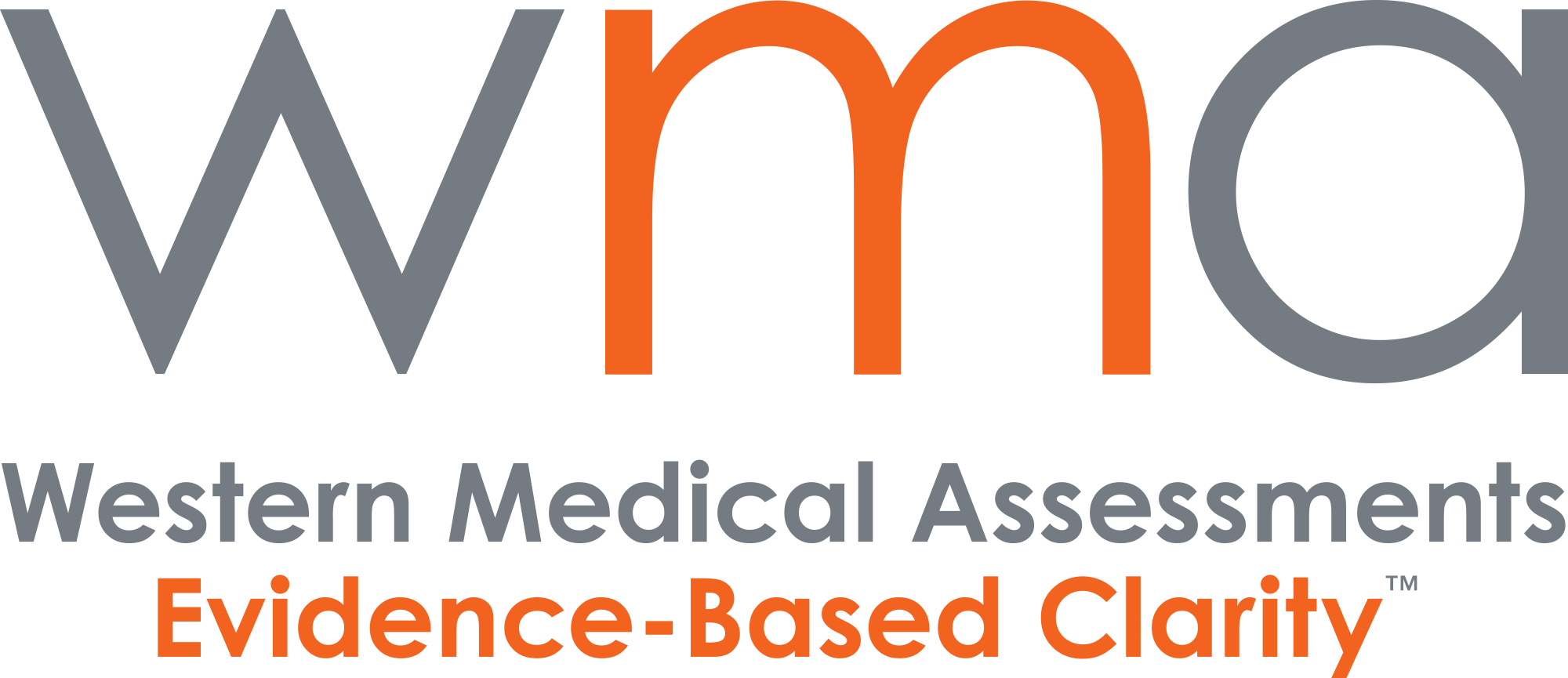October 4, 2022 from The Epoch Times
Across the United States, drug legalization groups and the cannabis industry lobby for the legalization of marijuana. With five more states welcoming legalization initiatives in November 2022, experts are warning that such initiatives will only increase both physical and mental harm resulting from unregulated, high-potency cannabis.
The president of the American Board of Pain Medicine and vice president of the International Academy on the Science and Impact of Cannabis, Dr. Ken Finn, report the linkage between high-potency cannabis use and poisoning in young children. According to Finn, there is also an increasing number of users experiencing psychosis and schizophrenia.
In one interview, Finn reported that many of his colleagues who work in psychiatry and emergency medicine are noticing a sharp rise in marijuana-related psychosis. He also points to data from Europe which ties mental health problems to high levels of THC, the chemical found in cannabis that causes people to feel high.
The referenced data indicates that the risk of first-episode psychosis has increased five times with the use of high-potency THC. Finn also mentioned a paper by the National Institutes of Health which showed that children who are “exposed to cannabis in utero tend to have psychotic-like episodes by the time they’re 10 years of age,”.
Author of “Weed, Inc.: The Truth About the Pot Lobby, THC, and the Commercial Marijuana Industry,”, Ben Cort, claims the reason for the increased THC by drugmakers is to offset the tolerance threshold developed by existing users.
“The more problems the user [has], the higher the concentration they have to consume, and the more frequently they have to consume, just to come back to that dopamine baseline,” Cort stated on “The Nation Speaks”. He also said that it is inevitable to end up with 99.9 percent THC products in a commercialized market that is dependent on problem use.
According to Finn, most people won’t be affected by cannabis-induced psychoses after they half their use, but for some, it might persist weeks or months before they can return to normal. He also emphasizes that there aren’t enough placements available for the needed mental health care.
Another study by Monitoring the Future found that marijuana use by young adults ages 19-30 rose significantly in 2021 when compared to previous years. Cort says this demonstrates a “lower perception of risk” in the community, but the actual risk has increased. The author also pointed out how the lower the perceived risk of a substance, the higher the usage rate will be.
Cort compares this to the alcohol industry, where approximately 20 percent of consumers drink 80 perfect of the alcohol. In the case of cannabis, 7 percent of consumers represent 76 percent of sales.
Researchers at the Columbia University Mailman School of Public Health and the New York University School of Medicine found that states where recreational marijuana use is legal, have demonstrated a 26 percent increase in young adult usage and an increase in the number of problem users.
Cort said that children can accidentally get their hands on cannabis products because they often look like regular candy, but because they are unregulated, they have a super high-THC potency. One factor for children being hospitalized by edibles is that they are sold by weight, rather than by potency.
Ultimately, Cort blames multinational corporate interests which are concerned mostly with profit. Social justice isn’t the main idea, but rather the intention to become richer. Organizations that advocate for marijuana and drug legalization reason that it would promote social and racial justice by preventing black and brown people from being jailed for drug offenses. Instead, they would be given help to access treatment for addiction.
Such advocate groups often claim legalization would create jobs and save on health costs. It would also ideally make the products safer than what is available on the black market. Cort counters this idea, stating that the marijuana industry has little to no regulation, much like how the tobacco industry used to be.

